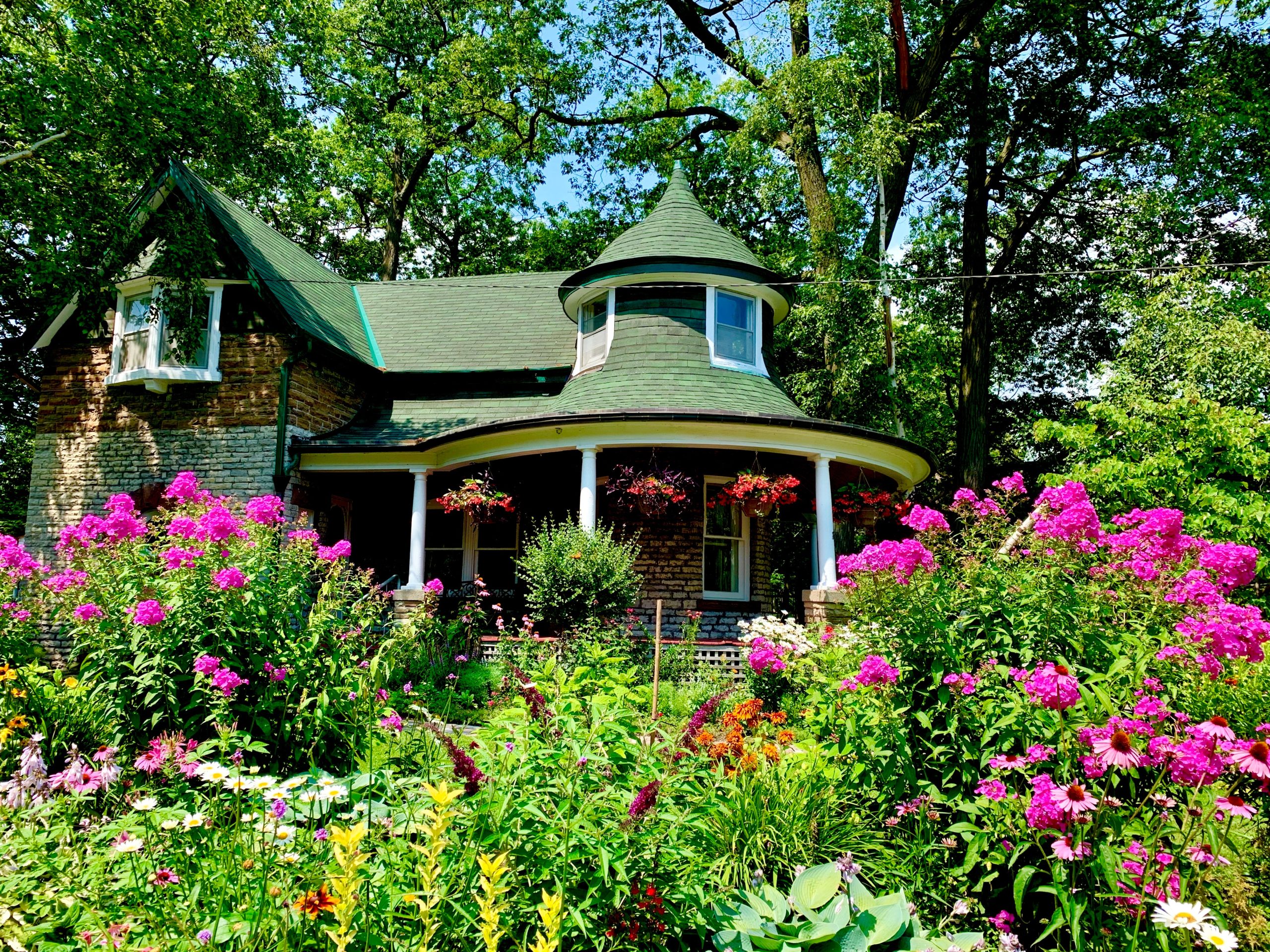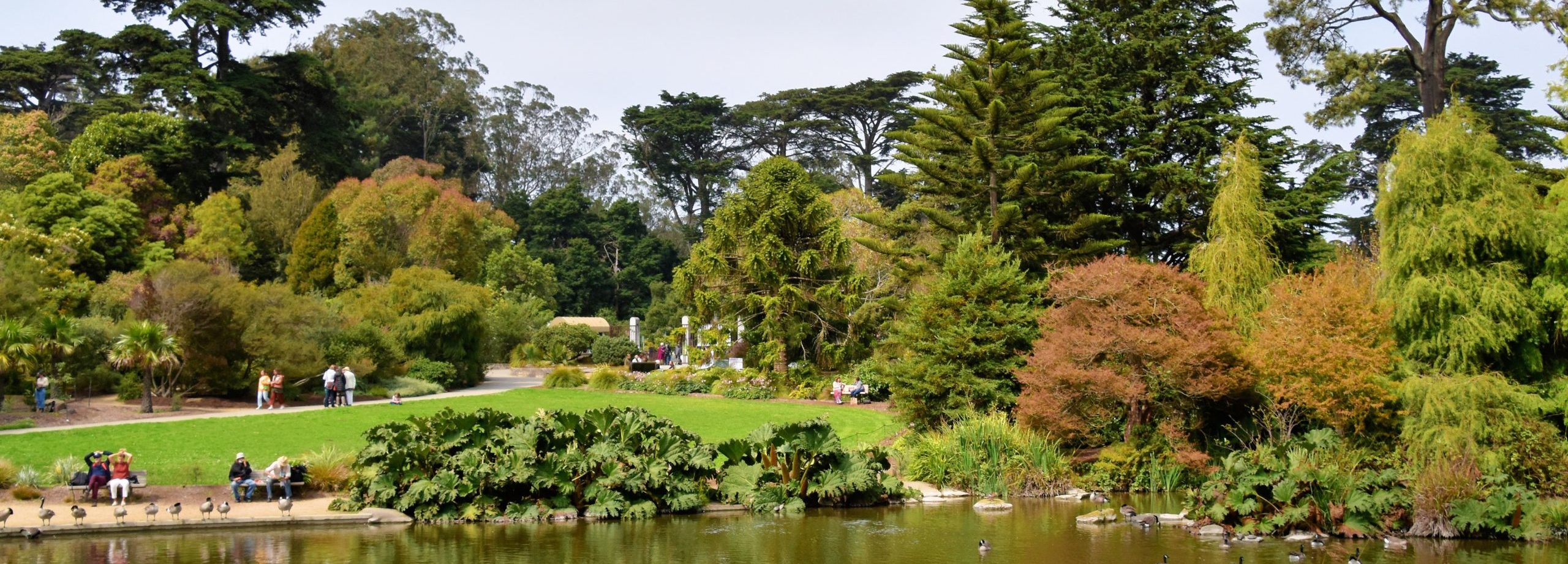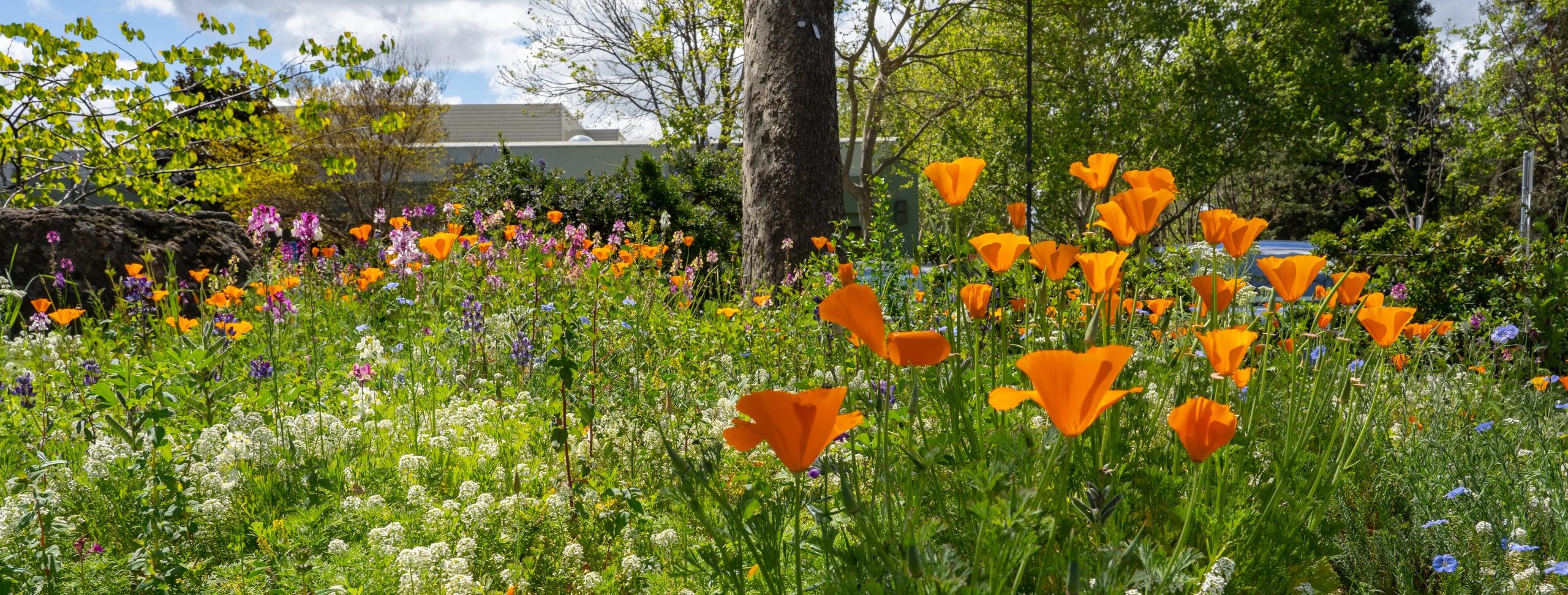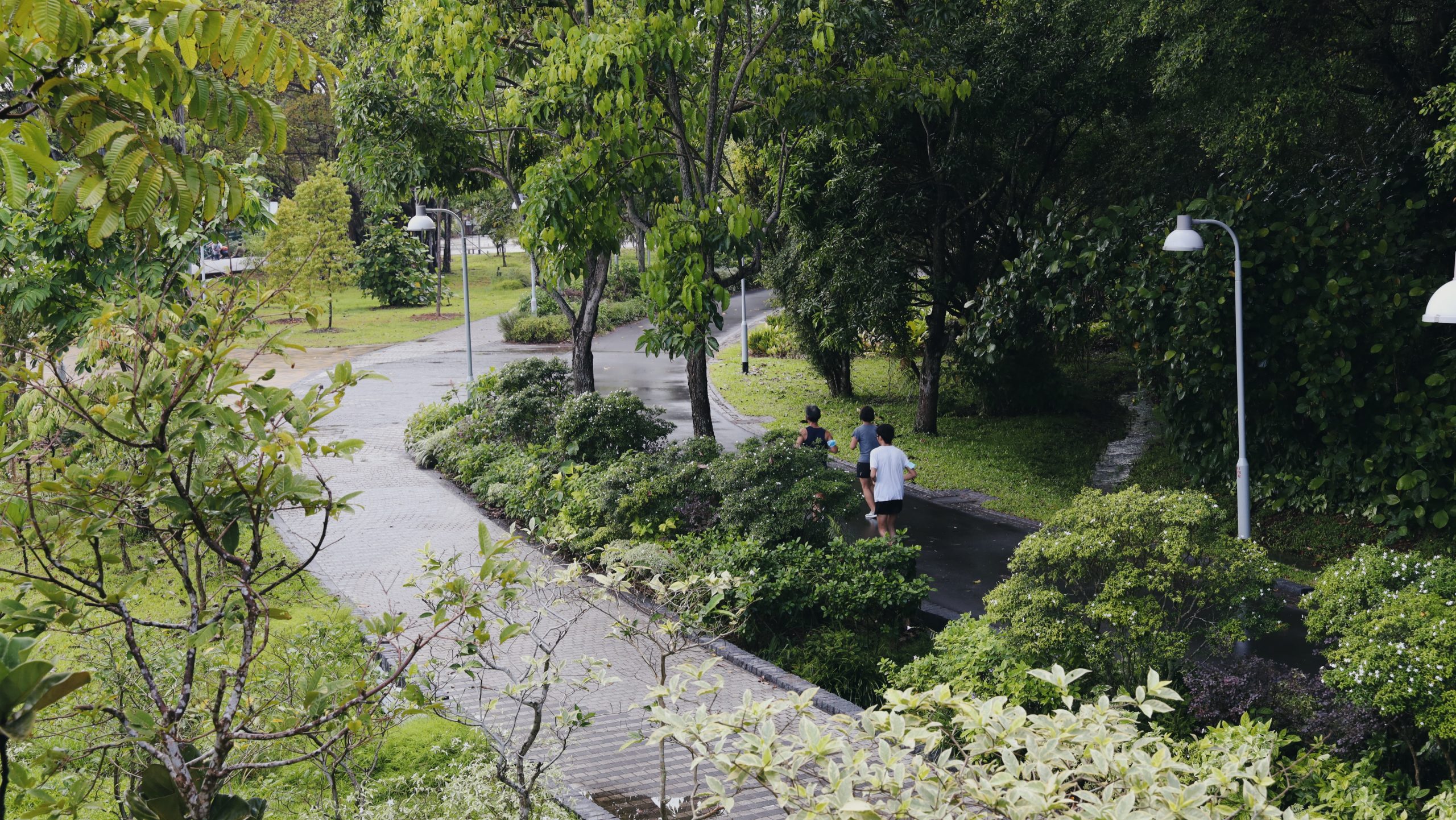Native Vegetation
Image credits: Erica Spotswood
Native vegetation includes plant species that have a long evolutionary history in a particular location.
Native plants support the native wildlife with which they have co-evolved. Over evolutionary history, native species often develop particular relationships with one another and with their physical environment. For example, many insects have developed specialized relationships with native host plants. Native plants can bolster the entire food web by supporting the presence of these specialized local insects, which can, in turn, be a food resource for other wildlife. In addition to providing wildlife habitat, the use of native species in urban landscaping can also reduce water usage and maintenance costs. Selecting native species and communities that are likely to be tolerant of future climate conditions, particularly for long-lived plants and trees, can create a climate-adaptive native or largely native plant palette.
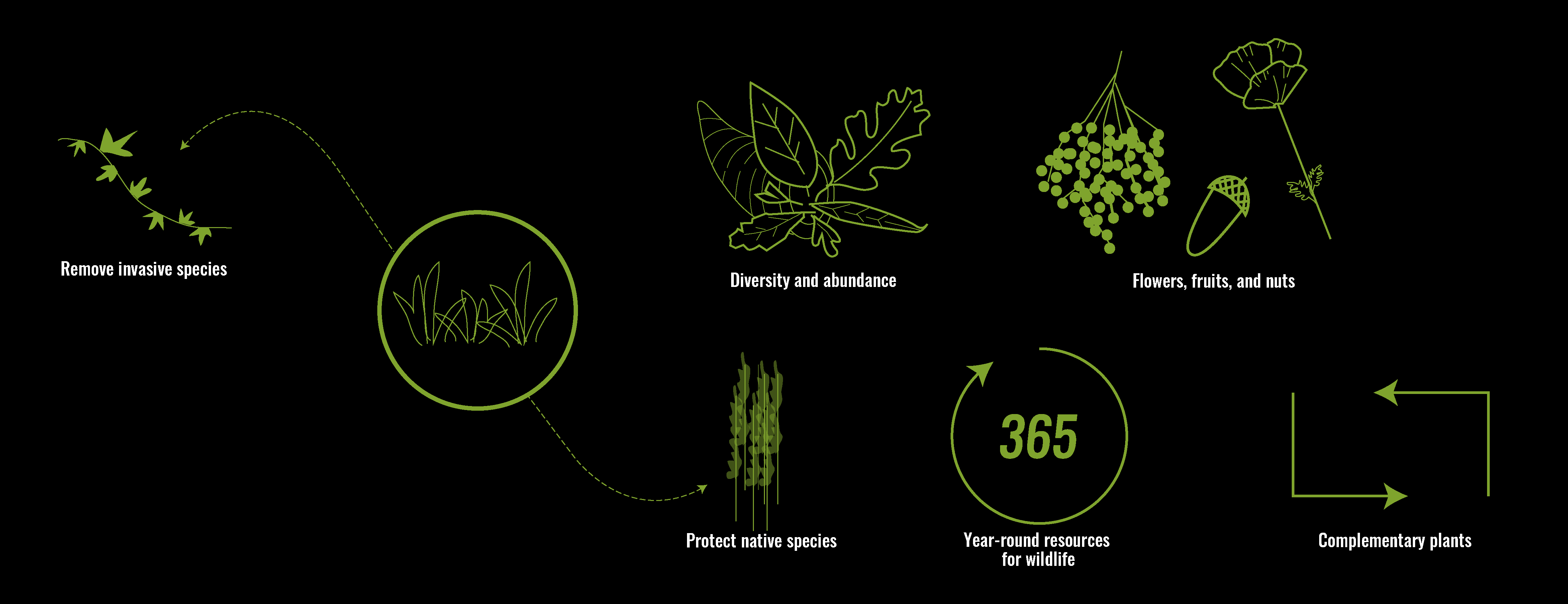
Relevant Planning and Design Strategies
The Urban Biodiversity Framework identifies seven key landscape elements that, when integrated together into urban design and planning, have the greatest chance of supporting the greatest number of species. Each element is related to various strategies from the urban planning, site design, and detailed design chapters.
- All Strategies
- Urban Planning
- Site Design
- Detailed Design
NATIVE VEGETATION
Native plants support the native wildlife with which they have co-evolved. Over evolutionary history, native species often develop particular relationships with one another and with their physical environment. For example, many insects have developed specialized relationships with native host plants. Native plants can bolster the entire food web by supporting the presence of these specialized local insects, which can, in turn, be a food resource for other wildlife. In addition to providing wildlife habitat, the use of native species in urban landscaping can also reduce water usage and maintenance costs. Selecting native species and communities that are likely to be tolerant of future climate conditions, particularly for long-lived plants and trees, can create a climate-adaptive native or largely native plant palette.
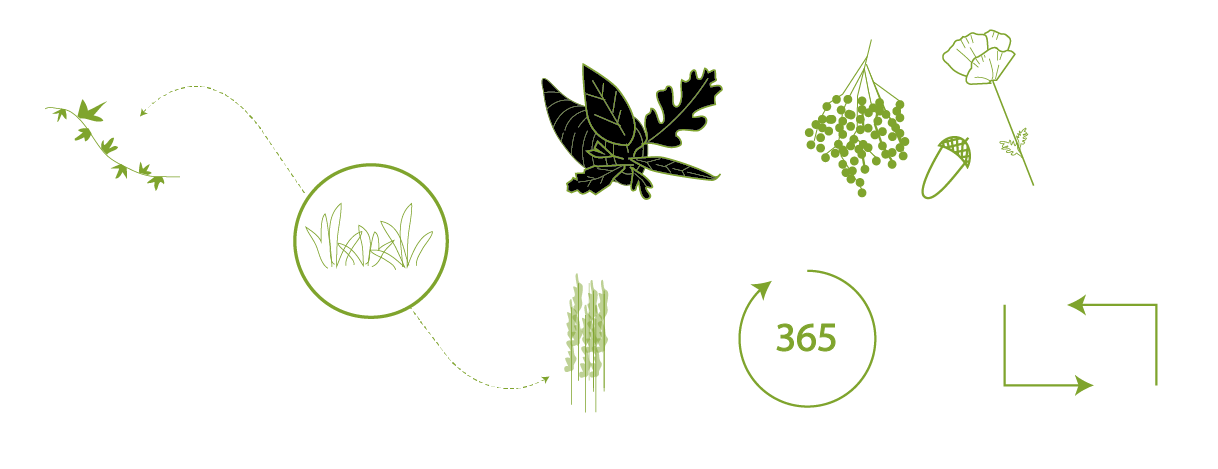
ACTIONS YOU CAN TAKE
Remove and replace non-native vegetation with native plants. Areas of turf grass that are not used for heavy recreation all provide opportunities for replacement with complex native vegetation.
This action also supports: Matrix Quality, Management
Plant and manage host-specific plant species. Proactive management of species with known host-specific links to animals can benefit populations of these species. In the U.S. for example, milkweed plants can be strategically planted to support monarch butterflies, and native oak trees can be planted in groves to support acorn woodpeckers, cynipid wasps, and the many other oak-specialist species that accompany them.
Related precedent: Green Hairstreak Corridor – San Francisco, CA, USA
Plant a diversity of native plants to provide year-round resources. Supplying native plants that provide resources, such as flowers for pollinators, throughout the year can help to support a higher diversity of wildlife. The timing of seasonal production of flowers and fruit by native plants is also more likely to be aligned with migratory patterns and needs of native wildlife.
This action also supports: Special Resources
Through urban forest management planning, cities can set a native street tree target, wherein they strive for a certain proportion of street trees to be native. Setting a native street tree target helps ensure that the urban forest provides a certain level of value for local biodiversity. This goal will be different for each city, since some regions have very few native tree species, and some have very diverse native forests.
This action also supports: Matrix Quality
A native plant palette is a tool that helps urban designers and landscape architects select a suite of plants that align with locally native ecosystems. Native plant palettes can help landscape architects design spaces to achieve the city’s broader urban greening strategy. These native plant palettes can map onto habitat zone planning, such that each habitat zone within a city has one or more suitable native plant palette. These groupings of plants can be selected to match the habitat zone’s unique combination of physical conditions, local community needs, and habitat requirements for wildlife support.
This action also supports: Habitat Diversity

